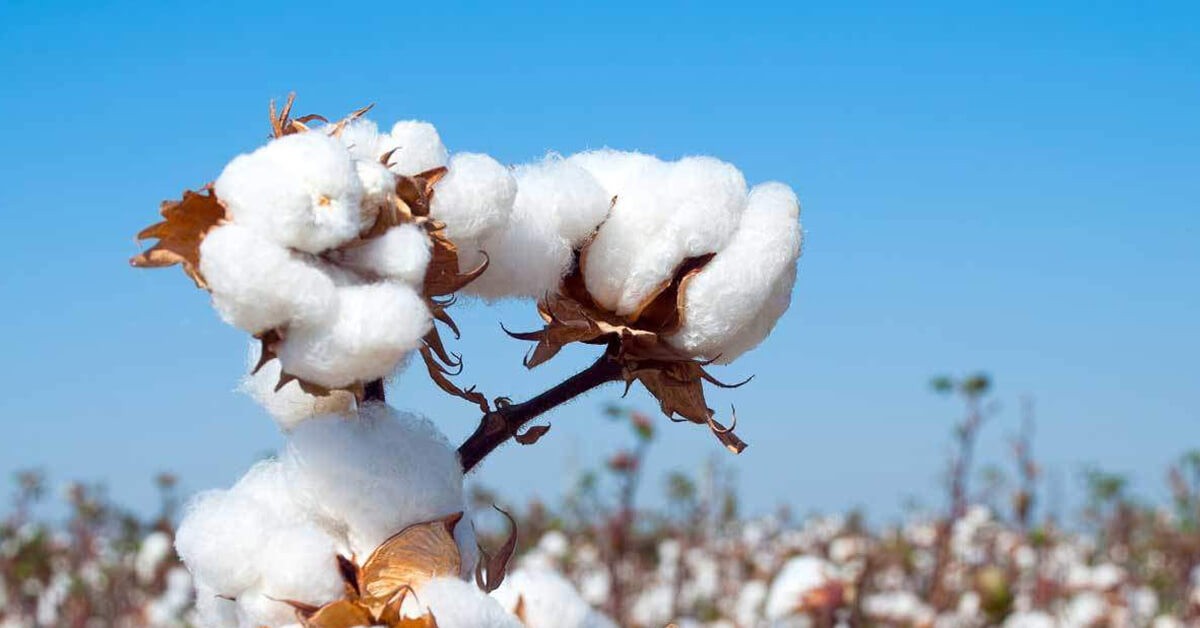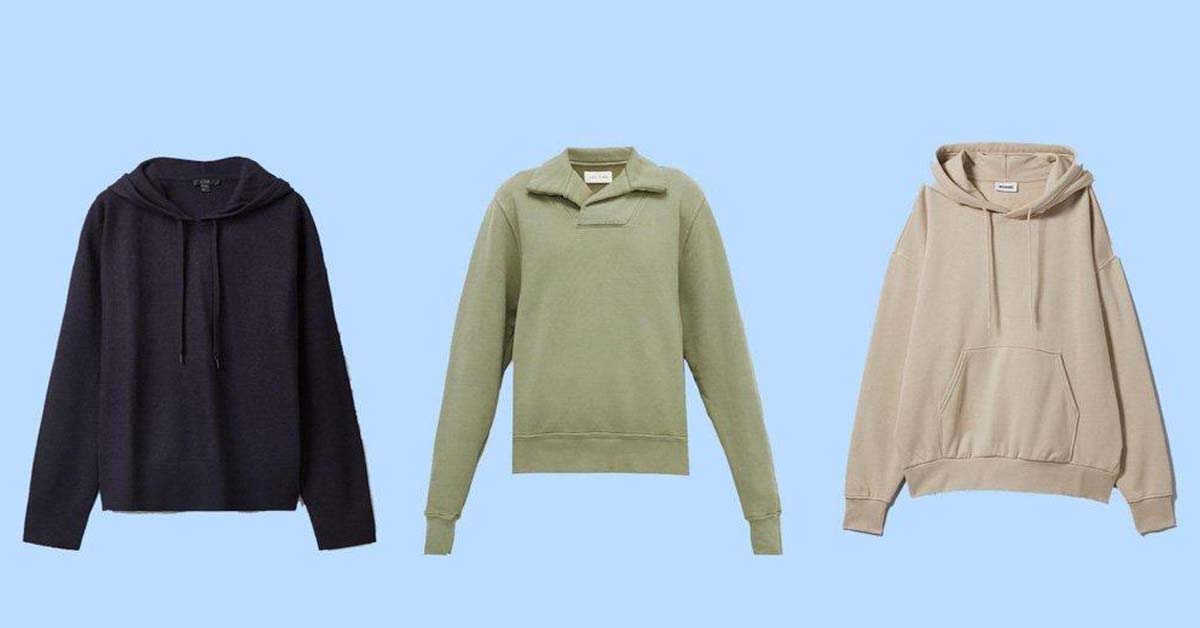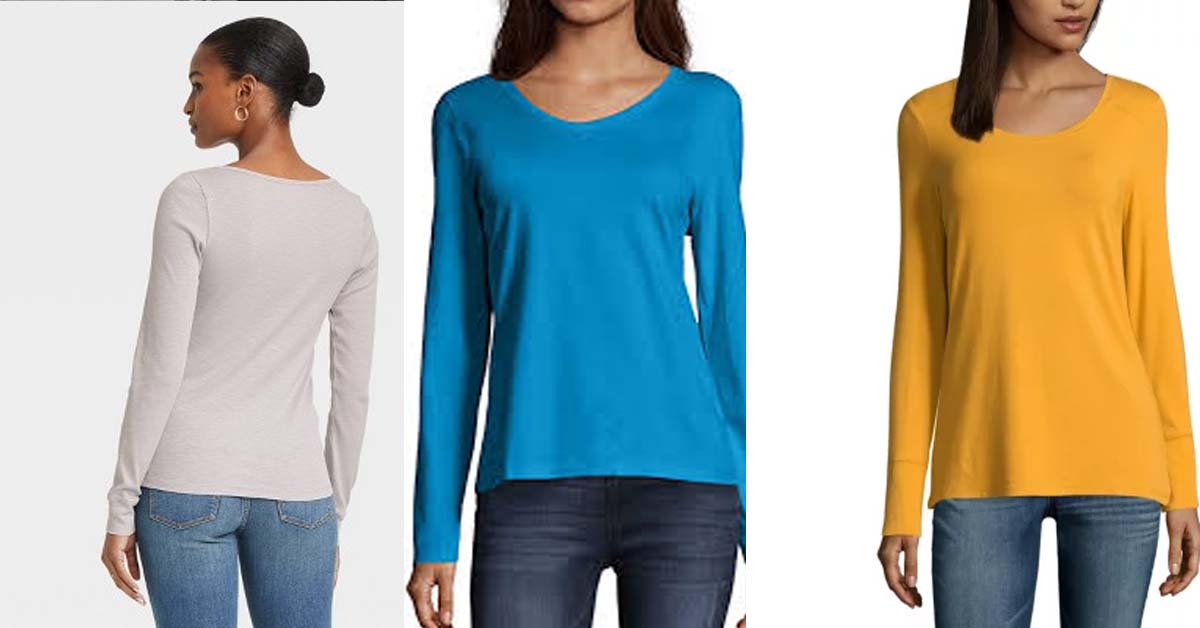
Cotton Fabrics – An entire Guide to the Making Process, Characteristics, and Usage
What Is Cotton Fabric?
Cotton is formed from the natural fibers of cotton plants, which are from the Gossypium. The term “cotton” refers to a part of the cotton that grows within the boll—the encasing for the fluffy cotton fibers. Cotton is spun into yarn and then knitted to make a soft, durable fabric.

How Is Cotton Fabric Made?
Cotton fabric producers derive this textile from the fibrous protective casing that surrounds cotton seeds. While cotton seeds themselves are quite small, the bolls that encase them are often larger than the top of your thumb.
To make cotton fabric, producers must first separate the cottonseed from the boll. In the past, this step was done by hand, but in 1794, American entrepreneur Whitney invented the gin, which is the machine that greatly expedites the cotton separation process. These days, automated sorts of gin exist to make the method even easier for textile workers. There are machines that can harvest cotton bolls from agricultural fields, and some can then separate the seeds from the bolls.
Cotton production begins in the spring when cotton seeds are planted. In many cases, automated machines can plant the cotton seeds in 10 or more rows simultaneously. Seedlings emerge within approximately seven days, and mature cotton bolls can be harvested within 55 to 80 days.
 Organic Cotton Jumpsuit
Organic Cotton JumpsuitThe process starts with the cotton picker or the cotton stripper, who strips the boll of the cotton plant. Next, one machine harvests the quantity of cotton picked, removes large contaminants from the cotton fibers, and forms it into bales. High-efficiency automated cotton gins can process up to 60 raw cotton bales weighing 500 pounds each within an hour.
Once the cotton has been cleaned, and there are only pure cotton fibers with no seeds or trash left, it is transferred to a textile production facility. At this facility, the raw cotton is carded, which is the process of forming cotton fibers into long strands. Next, these strands are spun to make yarn.
At this stage, the cotton yarn is dyed and knitted into a specific sort of textile material like a bedsheet, T-shirt, or pair of blue jeans.
Cotton Fabric Varieties
1. Short-staple cotton
Short-staple (SS) cotton is any sort of cotton consist of fibers that are up to 1.125 inches long. While this sort of cotton is great for everyday use, it isn’t as soft as other varieties of cotton.
2. Long-staple cotton
Long-staple (LS) cotton is any type of cotton that has fibers between 1.125 and 1.25 inches long. This sort of cotton is somewhat softer, more luxurious, and of course more expensive than SS cotton.
3. Extra-long-staple cotton
Extra-long staple (ELS) cotton is any sort of cotton that consists of fibers that are longer than 1.25 inches. ELS cotton is the most luxurious and soft kind of cotton today.

4. Pima cotton
Pima cotton is a sort of ELS cotton that was created through a partnership between the U.S. government and the Pima Indians in the early 20th century. Pima cotton is considered the finest type of cotton in the world, as it is resistant to fading, tearing, and wrinkling.
5. Supima cotton
Supima cotton is considered one of the most high-quality types of cotton grown in the US. What makes Supima unique to other kinds of cotton is the extra-long staple fiber that gives the cotton its premium properties: durable, soft, and color-retention. To be considered “Supima,” Pima cotton can only be grown within us with organic cultivation practices.
What Are the Characteristics of Cotton?
Cotton features a number of distinguishing characteristics that make it such a well-liked fiber within the textile industry. The cotton is soft and fluffy so that it can make clothing that feels super comfortable on the skin. The cotton plant’s cellular structure is also strong, creating a wear-and-tear resistant fabric.
Cotton fabric is also extremely absorbent because there’s tons of space between the cotton fibers. Because of this, cotton can be dyed very easily and always turn out vibrant. The fiber structure of cotton makes it more breathable than other synthetic fibers. Therefore, cotton is great for baby clothing, activewear, and any casual daily wear.
Thygesen Textile Vietnam – Safe and High-quality Cotton Clothing Manufacturer
Safe and comfortable clothing always starts with high-quality fabrics and yarn. Here at Thygesen Textile Vietnam, we provide an ODM/ OEM service covering the whole clothing manufacturing process, from making the fabric to manufacturing the clothing of your order. Our cotton clothing strictly complies with all standards of OEKO-TEX in sourcing for yarn, manufacturing fabric & garment products, so that each piece will be guaranteed the best quality and safety.
You can find almost any type of cotton mentioned above such as organic cotton, supima cotton, pima cotton at our factory. If you need help with choosing the fabric for your next cotton clothing order, feel free to contact us!









